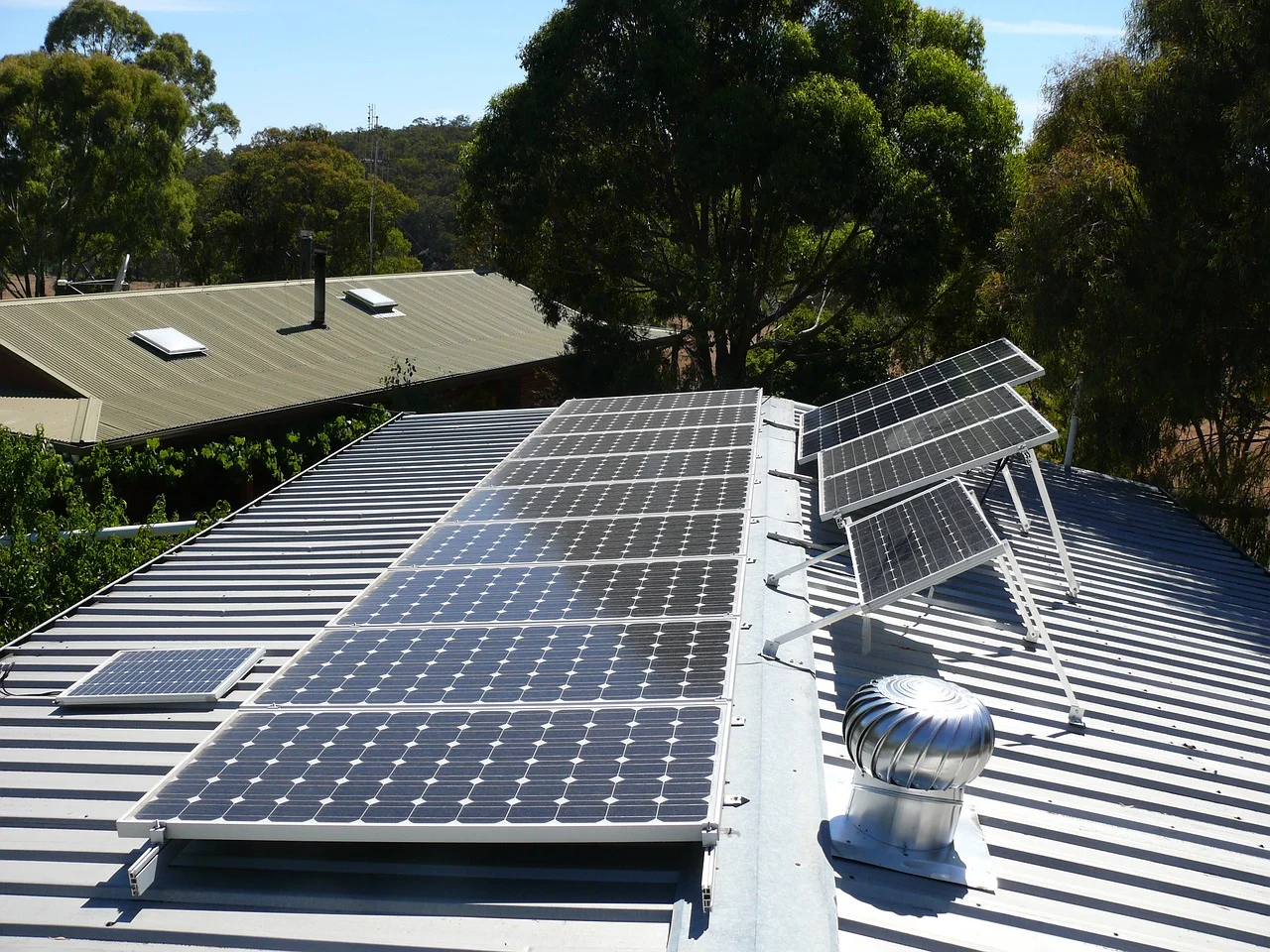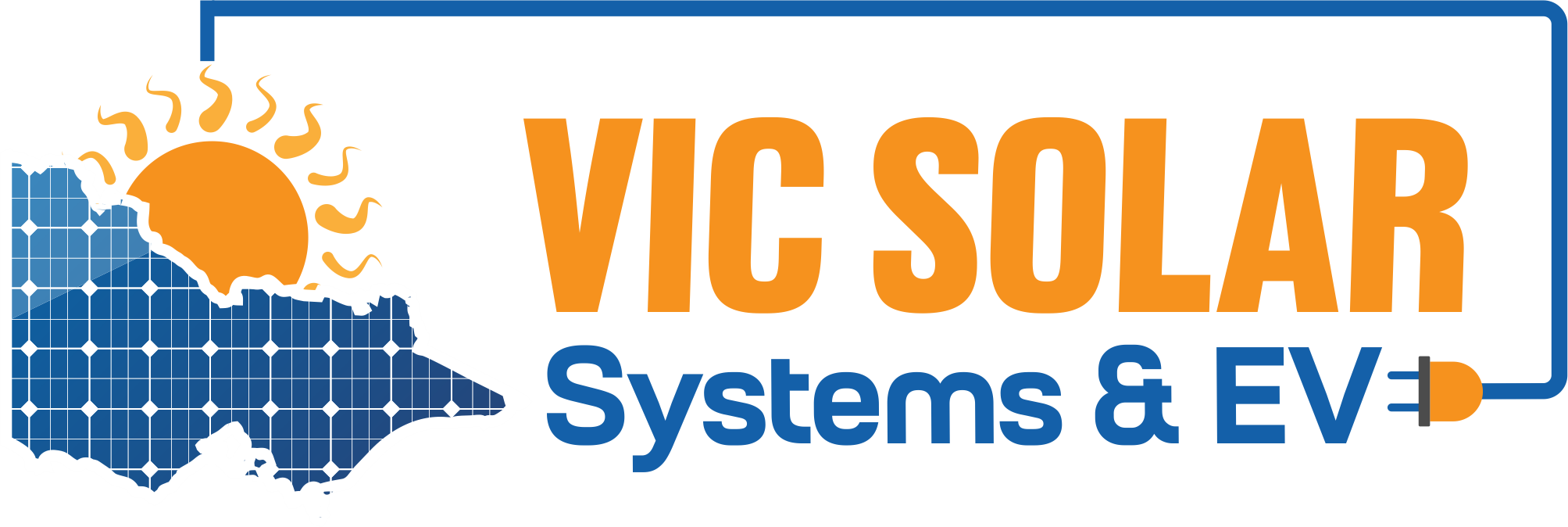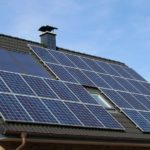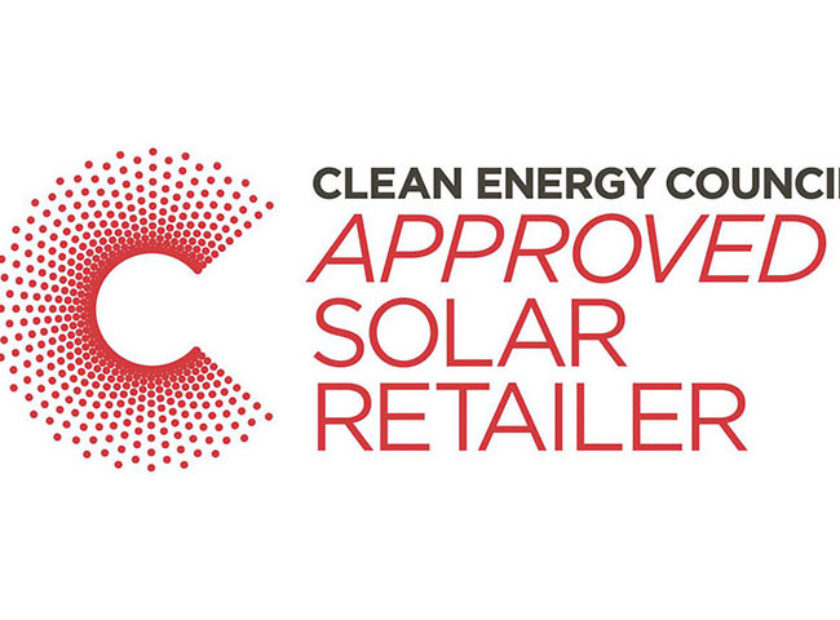South Australia‘s grid has established yet another global first for a gigawatt-scale grid, with the local distribution network registering “negative demand” as a result of rooftop solar production for four hours on Sunday.
It’s not the first time the local network, controlled by SA Power Networks, has suffered negative netload, but it’s the deepest and longest to yet, indicating the quick transition from a one-way grid to a two-way network.
Rooftop Solar – The Gamechanger
It is critical to explain two aspects here. The same day, the Australian Energy Market Operator established a new “minimum need” of 188MW for the South Australian system.
However, that figure includes both the distribution (or local) network and the state’s primary transmission system, run by ElectraNet, which has direct clients such as BHP’s Olympic Dam and other large industrial users, adding to the overall load.
The SAPN encounter indicates a massive solar duck curve. In the half-hour ending at 1.30 pm local time, the highest negative load was – 69.4MW (1 pm grid, or eastern standard time)

The local grid suffered a negative load for the 4th straight in the month of October. It had occurred the previous weekend in late September for the very first time. Usually, the SAPN network has an average load of 1.5GW, with summer peaks reaching up to 3GW.
“Rooftop solar is helping to decarbonize our energy and cut energy prices,” said SAPN head of corporate affairs Paul Roberts in an emailed statement.
“In the not-too-distant future, we anticipate seeing South Australia’s energy demands (all of them) frequently provided 100 percent from rooftop solar throughout the middle sections of the day.” (According to AEMO, this might happen in spring, when temperatures are mild and demand is still relatively low.)
Electric vehicles that could charge during the day, according to Roberts, may help produce load and reduce the stress caused by negative demand.
“Longer term, we aspire to see a transportation system in which the majority of vehicles are powered by renewable-sourced electricity, including solar rooftop PV,” he added.
“It’s wonderful to think that South Australia is driving the globe in this shift, and there’s so much potential for us as a State to make it happen as soon as possible.”
It is one of a series of significant milestones accomplished in South Australia in recent months, that has maintained a world-leading 62 percent of wind and solar (percentage of local demand) over the past year.




